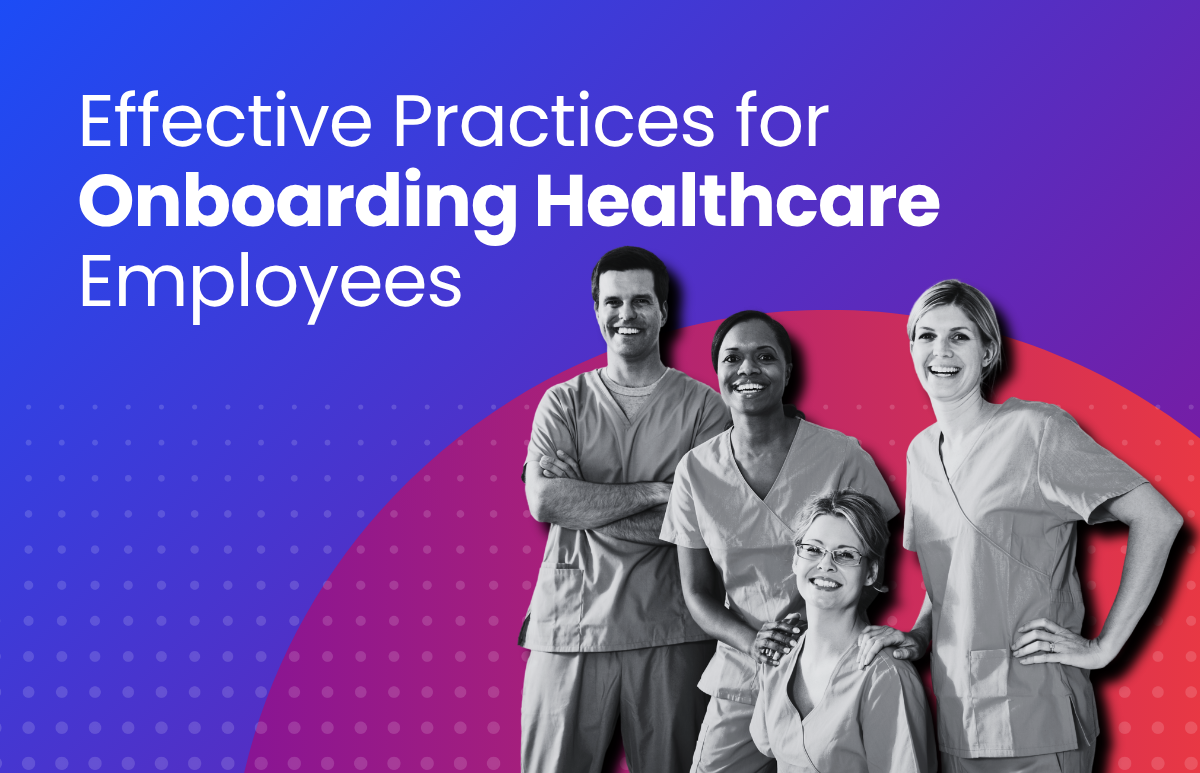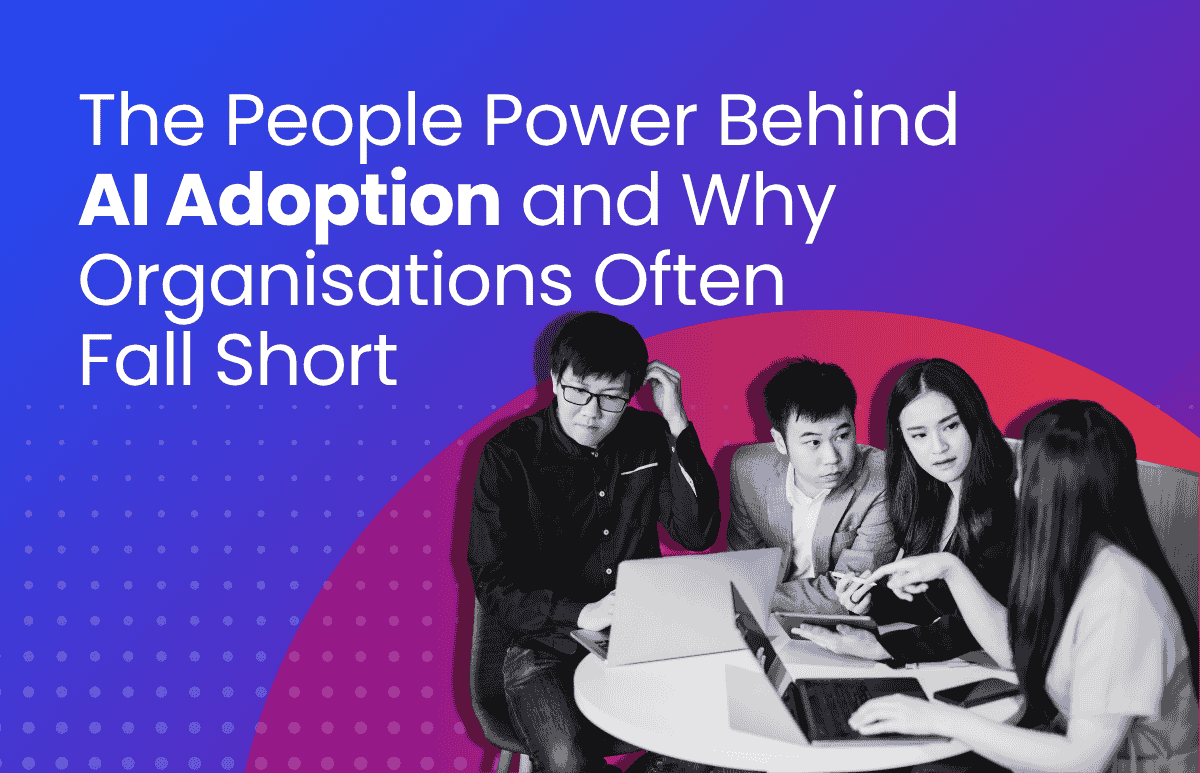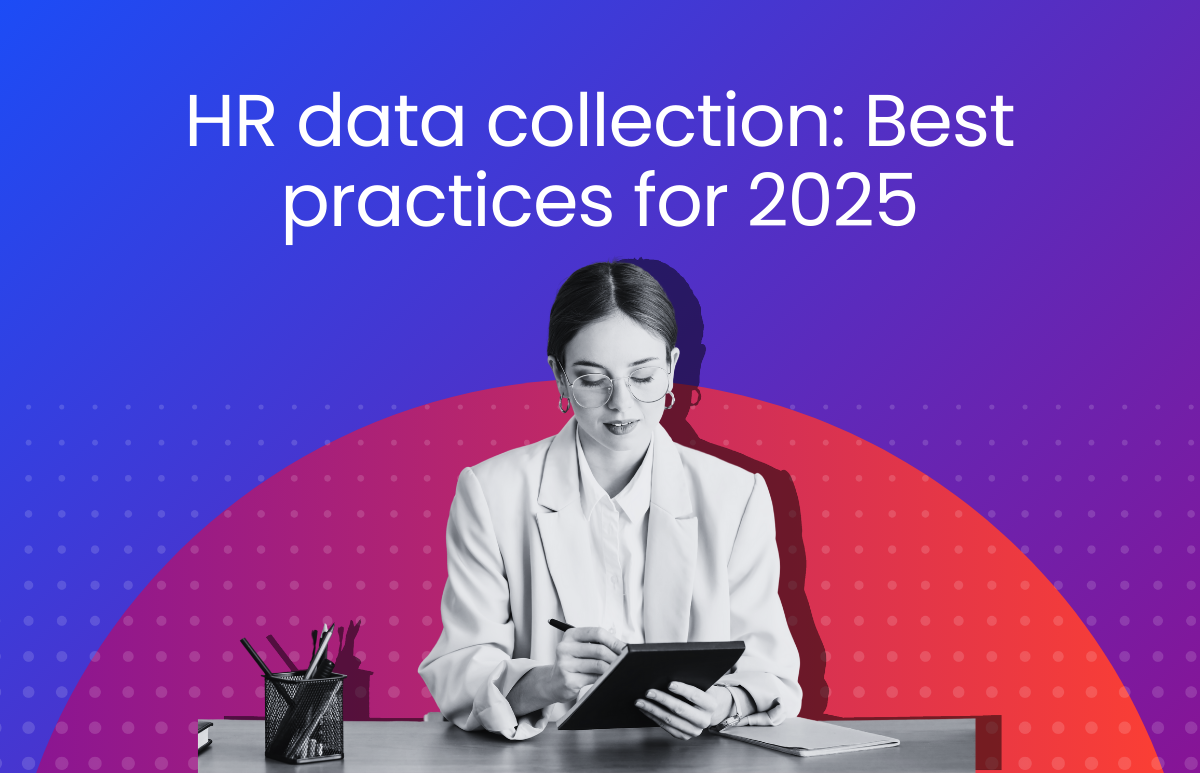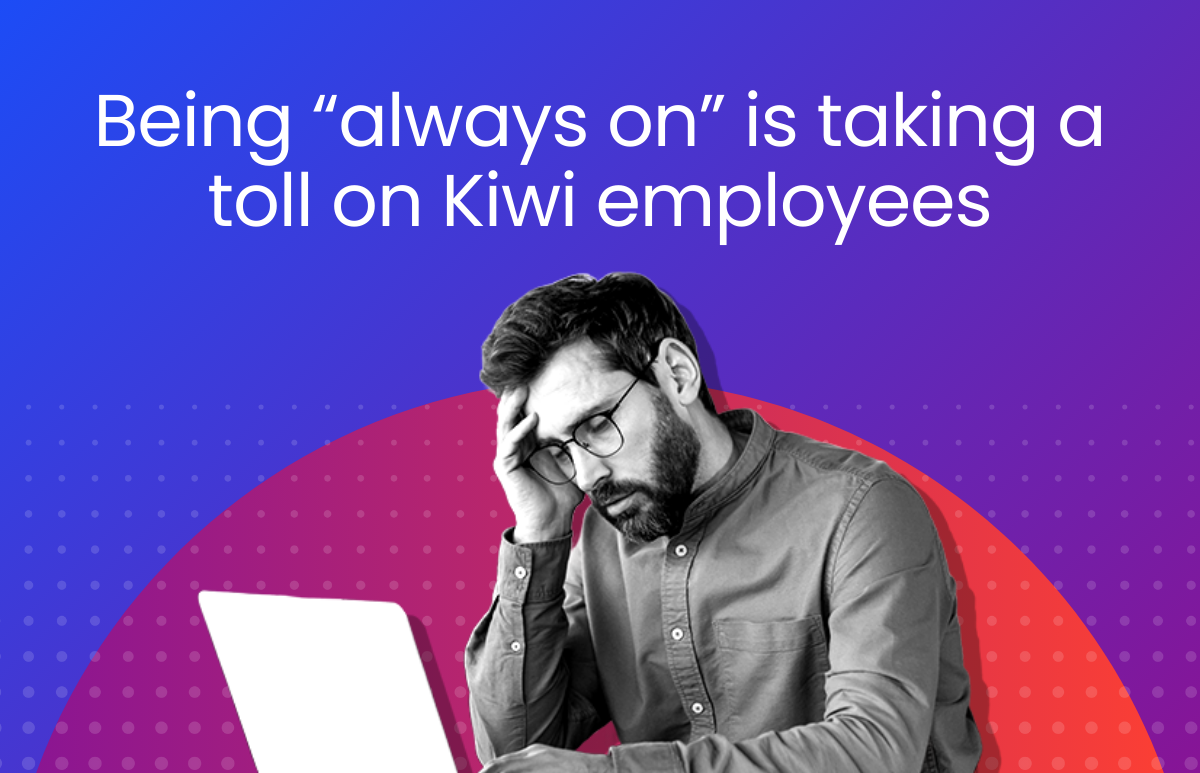HR automation: A reality check

Is the glass half-full or half-empty? It’s the philosophical question that divides the optimists from the pessimists – and it can be applied to just about anything. Take HR’s topic du jour: HR automation. Depending on what you’ve read or what you’ve personally encountered, your perspective on automation in the workplace will likely be either positive or negative (with perhaps a third option in the mix: uncertain).
First, a reality check.
“800 million jobs globally to be automated by 2030”. It makes for a great alarmist headline but delve a little deeper and it’s apparent that only part of the story is being told. According to the report upon which this headline was based[1], in about 60% of occupations, at least one-third of the tasks could be automated. The critical point to note is that the report is not saying that 60% of roles will disappear; indeed, very few occupations – less than 5% – consist of activities that can be fully automated. Instead, roughly a third of these roles could theoretically benefit from automation.
It’s also worth keeping in mind that the current rush towards robots, AI and automation is creating new opportunities. Not only will new jobs be created, but existing roles will be redefined, and workers will have the opportunity to switch careers.
What can be automated?
McKinsey’s report, “Where Machines Could Replace Humans”, found that certain types of roles are more likely to be automated than others. Robots are likely to impact “mundane, repetitive” roles, while those that require creativity, problem-solving, decision-making, or people skills are less threatened.
A concurrent study by Oxford University’s Michael Osborne and Carl Frey found that HR administrative roles have a 90% chance of being automated by 2035. However, HR manager, director and officer roles are much less likely to be replaced by robots.
AI-powered automation is already utilised by some of the enterprise tools we use today. Examples include the virtual assistants that schedule meetings, transcribe recordings, and even hail Uber rides. Think about your own role: how much of it is repetitive and time-consuming? Could some of it be taken off your plate by bots? These tasks are prime targets for automation:
- Job postings
- Candidate screening
- Email management
- Onboarding and offboarding
- Leave scheduling/shift management
- Time and attendance tracking
- Payroll processing
- Benefits management
Few would argue that these tasks are unimportant – they are crucial to organisational success – but if they are handled manually they can be a drain on productivity. Anything relating to filing documents, creating new folders, transferring documents between employees, hiring managers and others, and obtaining handwritten signatures, should be first on the automation list.
However, the key point for HR professionals with an eye on the future is not to sit back and put their feet up; instead, they should be looking at how they can add value to the business by taking on a more strategic role.
A case in point
Bots are designed to augment work by speeding up and optimising transactional processes. As a result, the focus will shift to a more personalised HR. Take talent acquisition as an example.
Marie Moynihan, Dell’s SVP, Global Talent Acquisition, has seen automation positively impact the roles in her team. She sees technology as helping to funnel the most relevant talent for opportunities within her organisation – this will in turn reduce the sourcing component of the recruiting role.
Moynihan envisages technology forcing talent acquisition specialists to evolve, to become more like account managers and therefore more strategic in their roles.
“They’ll focus on qualifying roles upfront, providing expertise in the selection process, and managing the customer experience, both for hiring managers and candidates. Technology will ease some of the time consuming administrative burden,” she said.[2]
Change is difficult, but it seems not changing is even more difficult. Make no mistake, automation is here to stay, and it will impact how we undertake work on a scale never witnessed before. McKinsey’s report noted:
“Our key finding is that while there may be enough work to maintain full employment to 2030 under most scenarios, the transitions will be very challenging – matching or even exceeding the scale of shifts out of agriculture and manufacturing we have seen in the past.”
To find out how ELMO Cloud HR & Payroll can help your organisation automate administrative tasks relating to recruitment, onboarding, payroll and more, contact us and one of our consultants will be more than happy to reach out.
[1] “Jobs lost, jobs gained: Workforce transitions in a time of automation”, McKinsey Global Institute, 2017
[2] https://www.hrtechnologynews.com/news/workforce-management/is-your-job-safe-from-automation/98234
 HR Core
HR Core 









